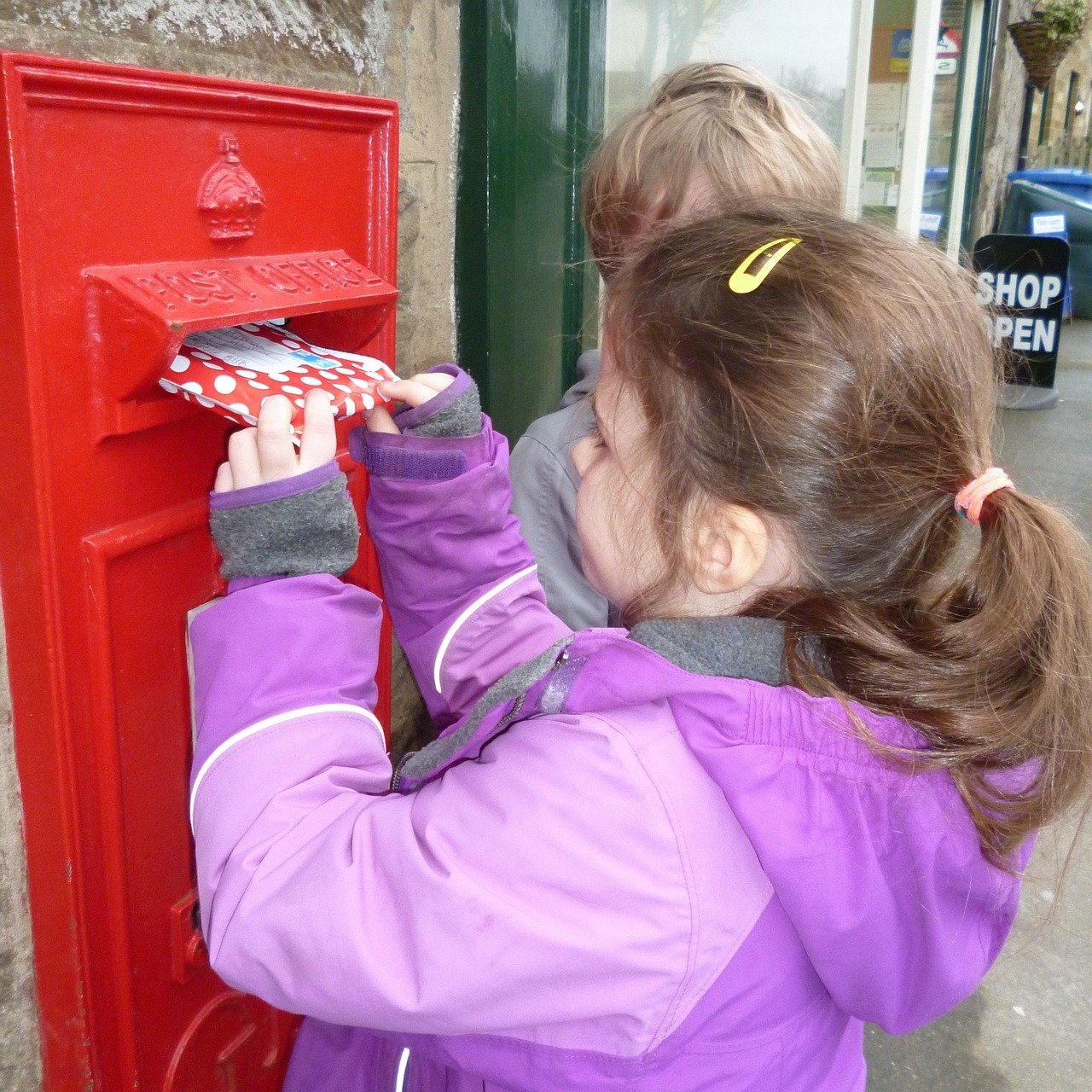Imagine your customer’s journey as a flowing river, guiding them from initial awareness of your brand to becoming loyal, repeat purchasers. This “river” is often visualized as a sales funnel, a crucial framework for understanding and optimizing the customer acquisition process. Understanding the nuances of a sales funnel can significantly improve your marketing efforts, boost sales, and ultimately, grow your business. This post will dive deep into the sales funnel, exploring each stage and providing actionable strategies to maximize its effectiveness.
What is a Sales Funnel?
Defining the Sales Funnel
A sales funnel, also known as a marketing funnel, represents the customer journey from initial awareness to the final purchase. It’s a visual representation of the different stages a potential customer goes through, resembling a funnel that narrows as prospects move closer to becoming customers. Each stage requires different marketing strategies and messaging to guide prospects effectively.
The Traditional Sales Funnel Stages: AIDA
The classic sales funnel model is often referred to as AIDA:
- Awareness: The prospect becomes aware of your product or service.
- Interest: The prospect expresses interest and seeks more information.
- Desire: The prospect develops a desire for your product or service.
- Action: The prospect takes action and makes a purchase.
While AIDA provides a foundational understanding, modern sales funnels often include additional stages to reflect the complexities of today’s customer journey.
Why is Understanding Your Sales Funnel Important?
Understanding your sales funnel is paramount for business success. It allows you to:
- Identify Bottlenecks: Pinpoint where prospects are dropping off in the process.
- Optimize Marketing Efforts: Allocate resources to the most effective strategies for each stage.
- Improve Customer Experience: Tailor content and messaging to meet the needs of prospects at different stages.
- Increase Conversion Rates: Guide more prospects through the funnel to become paying customers.
- Forecast Sales: Predict future sales based on the number of prospects in each stage.
Building a Modern Sales Funnel
The Expanded Sales Funnel Stages
A more detailed and modern sales funnel might include these stages:
- Awareness: (Top of Funnel – TOFU) Prospects become aware of your brand through marketing efforts like blog posts, social media, or advertising.
- Interest: (TOFU) Prospects show interest by visiting your website, subscribing to your email list, or following you on social media.
- Evaluation/Consideration: (Middle of Funnel – MOFU) Prospects are actively evaluating your product or service against competitors. They might download case studies, read reviews, or attend webinars.
- Decision/Intent: (MOFU) Prospects are seriously considering making a purchase and may request a demo or a free trial.
- Action/Purchase: (Bottom of Funnel – BOFU) Prospects make a purchase and become customers.
- Retention: (Post-Purchase) Focus shifts to retaining existing customers and encouraging repeat purchases.
- Advocacy: (Post-Purchase) Delighted customers become advocates for your brand, recommending it to others.
Mapping Content to Each Stage
Creating relevant content for each stage is crucial for guiding prospects through the funnel:
- Awareness: Blog posts, infographics, social media updates, online ads (designed for broad appeal and brand introduction). Example: A blog post titled “5 Common Mistakes in [Your Industry] and How to Avoid Them.”
- Interest: Ebooks, whitepapers, checklists, email newsletters (offering valuable information in exchange for contact information). Example: A downloadable checklist titled “The Ultimate Checklist for [Specific Task].”
- Evaluation/Consideration: Case studies, product comparisons, webinars, free demos (providing in-depth information and showcasing the value proposition). Example: A webinar demonstrating the key features and benefits of your software.
- Decision/Intent: Product demos, consultations, free trials, customer testimonials, pricing guides (addressing specific concerns and highlighting competitive advantages). Example: A free trial of your software with personalized onboarding support.
- Action/Purchase: Streamlined checkout process, secure payment options, order confirmation emails (making the purchase process easy and reassuring).
- Retention: Onboarding emails, customer support, loyalty programs, exclusive offers (keeping customers engaged and satisfied).
- Advocacy: Referral programs, social media contests, opportunities to provide reviews and testimonials (encouraging customers to spread the word).
Example: An E-commerce Sales Funnel
Let’s consider an e-commerce company selling handmade jewelry:
- Awareness: Facebook ads targeting users interested in fashion and accessories.
- Interest: Users click on the ad and visit the website to browse the jewelry collection.
- Evaluation/Consideration: Users compare different pieces, read product descriptions, and view customer reviews.
- Decision/Intent: Users add items to their cart and proceed to checkout.
- Action/Purchase: Users complete the purchase process and receive an order confirmation.
- Retention: The company sends follow-up emails with exclusive discounts and promotions on new collections.
- Advocacy: The company encourages customers to leave reviews and share photos of their jewelry on social media, offering incentives for doing so.
Optimizing Your Sales Funnel for Conversions
Analyzing Key Metrics
To effectively optimize your sales funnel, you need to track and analyze key metrics:
- Website Traffic: The number of visitors to your website.
- Lead Generation Rate: The percentage of website visitors who become leads.
- Conversion Rate: The percentage of leads who become paying customers.
- Customer Acquisition Cost (CAC): The cost of acquiring a new customer.
- Customer Lifetime Value (CLTV): The total revenue a customer generates throughout their relationship with your business.
- Bounce Rate: The percentage of visitors who leave your website after viewing only one page.
Identifying and Addressing Bottlenecks
By analyzing these metrics, you can identify bottlenecks in your sales funnel where prospects are dropping off. For example, a high bounce rate on your landing page might indicate that the page is not engaging enough or that the content is not relevant to the target audience. A low conversion rate in the decision stage might suggest that your pricing is too high or that you’re not effectively addressing customer concerns.
A/B Testing and Continuous Improvement
A/B testing is a valuable tool for optimizing your sales funnel. By testing different versions of your website, landing pages, email campaigns, and other marketing materials, you can identify which strategies are most effective at driving conversions. For example, you could test two different headlines on your landing page to see which one generates more leads. Continuous monitoring and adjustments are essential for maximizing the effectiveness of your sales funnel.
Tools and Technologies for Managing Your Sales Funnel
Customer Relationship Management (CRM) Systems
CRM systems are essential for managing your sales funnel and tracking customer interactions. Popular CRM options include:
- Salesforce: A comprehensive CRM platform with advanced features for sales and marketing automation.
- HubSpot CRM: A free CRM with a user-friendly interface and tools for managing leads, contacts, and deals.
- Zoho CRM: A customizable CRM solution with a wide range of features and integrations.
Marketing Automation Platforms
Marketing automation platforms can help you automate tasks such as email marketing, lead nurturing, and social media posting. Popular options include:
- Marketo: A powerful marketing automation platform for enterprise-level businesses.
- Mailchimp: A popular email marketing platform with features for automating email campaigns and segmenting your audience.
- ActiveCampaign: An integrated marketing platform with features for email marketing, marketing automation, and CRM.
Analytics Platforms
Analytics platforms provide valuable insights into your website traffic, user behavior, and marketing performance. Popular options include:
- Google Analytics: A free web analytics service that provides detailed information about your website visitors.
- Mixpanel: An analytics platform that focuses on user behavior and product analytics.
Conclusion
The sales funnel is a fundamental framework for understanding and optimizing the customer journey. By understanding each stage of the funnel, creating relevant content, and analyzing key metrics, you can effectively guide prospects towards becoming paying customers and ultimately, loyal brand advocates. Continuously analyze your funnel, address bottlenecks, and leverage the power of CRM, marketing automation, and analytics platforms to maximize its performance and drive sustainable business growth.



